Abrate, Ange (Angelo, known as)
Turin, Piedmont, April 21, 1900 – Sallanches, Haute-Savoie, September 10, 1985
The Mont Blanc massif seen from the Col de Véry (1,964 m.), Megève, circa 1930-1950
Oil on canvas
Signed lower right “A. Abrate”
Countersigned and located on the back of the stretcher
H. 49.5 cm. / L. 64.5 cm.
Work cleaned and varnished by a professional restorer.
--
Abrate, Ange (Angelo, known as)
Turin, Piedmont, April 21, 1900 - Sallanches, Haute-Savoie, September 10, 1985
The Mont Blanc Painter
Angelo Abrate was born into a modest family in Turin in 1900. After spending part of his childhood in Turin, he joined his parents in Marseille at the age of eight, as they had emigrated there. Returning to his hometown at the age of 16, he became a labourer in a metalworks to support his family.
His passion for the mountains led him to take up mountaineering. Taking his equipment with him on his expeditions, he taught himself to paint. He was able to take advantage of his dexterity and adapt it to the field of mountaineering, for example by forging his own pitons.
Admitted at the age of 23 as a member of the Italian Alpine Club, he also became a member of the French Alpine Club and the Peloton de Gendarmerie de Haute Montagne de Chamonix.
Autodidact, his training was built on his reading, his keen sense of observation and his passion for the natural elements.
Following the success of his first exhibition in Turin at the Alpine Club in 1924, he gave up his career as an industrial draughtsman to devote himself entirely to painting. Two major exhibitions followed in Chamonix in 1927 and Turin in 1928. He then went on to Milan and Paris in 1937.
He devoted himself mainly to painting mountain landscapes, but also explored still lifes and other types of landscape, particularly the Marseilles creeks (the calanques), which he loved towards the end of his life. He painted his works mostly on panel, using knives exclusively (until 1944), with the exception of the skies, which he painted with a brush. He was renowned for his “grisailles”, depicting mountain landscapes in bad weather, painted in shades of grey.
He made friends with a number of painters, including Joseph-Victor Communal (1876-1962), Francis Cariffa (1890-1975) and the Italian Cesare Maggi (1881-1961), who became his spiritual master since 1921.
An advocate of “mountain painting”, he worked to promote it and make it known to as many people as possible. A prolific painter, capable of painting outdoors in extreme conditions (often down to -18° C), he sometimes produced two or three paintings a day. Ingenious, he even devised a system that allowed him to dry the canvases he produced at altitude, in his rucksack, so that he could transport them without delay.
He first settled in Courmayeur (Aosta Valley), then in 1930 in Sallanches, where he built his own house (1938). He spent long periods in Zermatt and Chamonix.
In 1970, he won first prize at the National Mountain Exhibition in Turin.
In 1976, he was made an honorary citizen of Sallanches. He bequeathed an important heritage to his municipality, where he died in 1985.
The Société des peintres de montagne organised a retrospective exhibition of his work in 1992.
At the end of 2019, an exhibition entitled “Chemins de traverse” (crossroads) will be held at the Sallanches media library in his honour. It will be curated by his great-grandson Oscar Abrate, himself an artist.
Today, his paintings can be found in numerous museums.
--




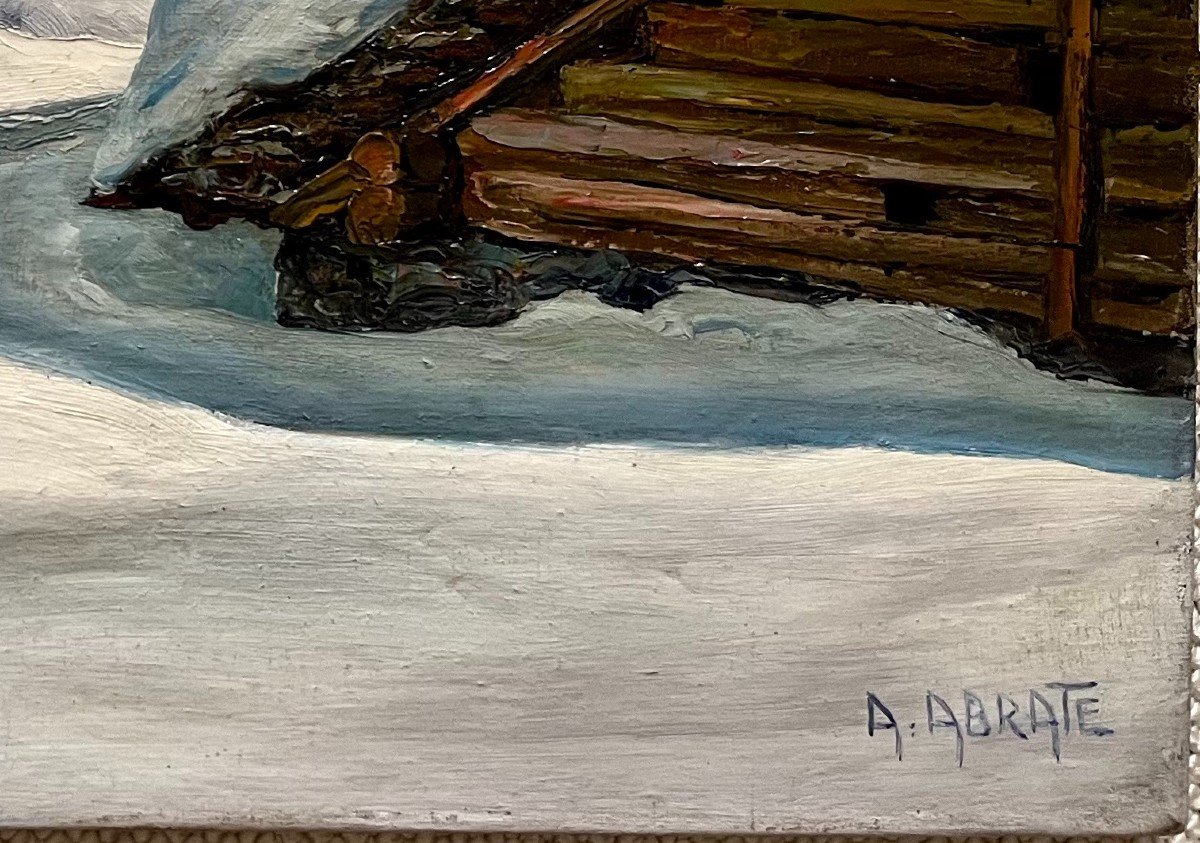


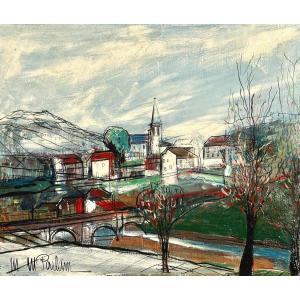
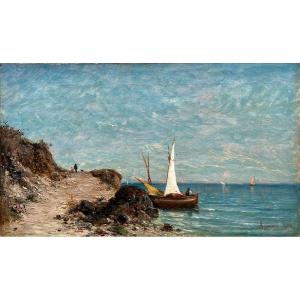


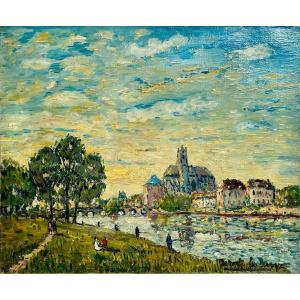

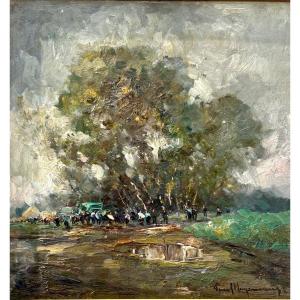

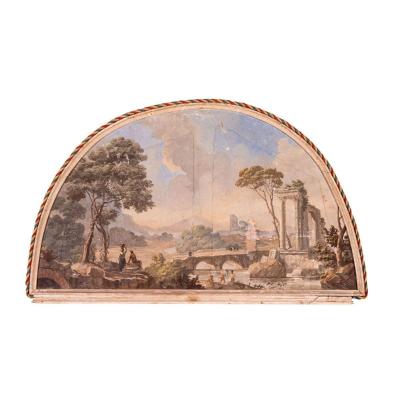
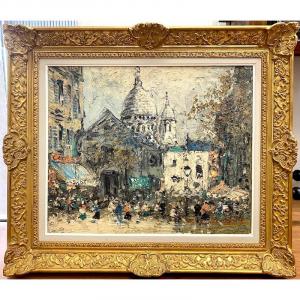

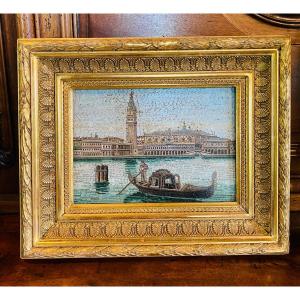



 Le Magazine de PROANTIC
Le Magazine de PROANTIC TRÉSORS Magazine
TRÉSORS Magazine Rivista Artiquariato
Rivista Artiquariato
